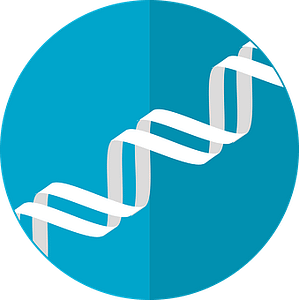A Healthcare Data Management System is the process of protecting, storing, protecting and analyzing data that have been pulled from different sources. Managing the available healthcare data is helpful in creating personalized treatments, patient’s holistic views, enhancing health outcomes as well as improving communication. It is also helpful in making the flow of information transparent.
An efficient data management system should ensure that the information aggregated and collected from different sources is complete, accurate and consistent. Such a system should have a supporting solution and plan for promoting sound management of information. A health data management with Health Snap is one of the unified systems used for managing the quality of data and the patient’s information. This information is then presented through intuitive views with the aim of providing the insight needed in improving outcomes and promoting better patient care.
Having an efficient system is one of the greatest ways of transforming health data management systems into an efficient and reliable operation, improving customer satisfaction, controlling your finances, growing your business and competing more effectively.
Main Benefits Associated with Healthcare Data Management
- Understanding the physician’s activities and aligning them with your organization’s goals
- Making high-impact, informed decisions based on the available data
- Improving population health outcomes-it is done by predicting upcoming health trends and tracking the current ones.
The Following are the essential elements of a healthcare data:
Administrative Data

This includes all the facts related to health insurance like membership, eligibility, required copayments, and deductibles for the given package. Such data may also include the amounts paid and charges paid. With this data, providers are identified with unique identifiers. It also gives additional provider-specific facts.
Demographic Data
It mainly consists of all the facts like date of birth, ethnic origin, gender, marital status, race, details about the patients’ immediate family members, emergency information, and address of residence. Other information that might appear include education and schooling, employment status, and indicators of the patient’s social, economic class.
Health Status and Health Risk

This is the information that reflects the lifestyle and behaviour of individuals. For instance, it should be stated whether the patient has been engaging in strenuous activity or whether he/she uses tobacco products. Facts about the history of a family and genetic factors should also be included.
Patient’s Medical History
This involves getting data on the patient’s medical encounters like surgical procedures, hospital admissions, live births, and pregnancies. Family history or information on the past medical records can also be included.…

